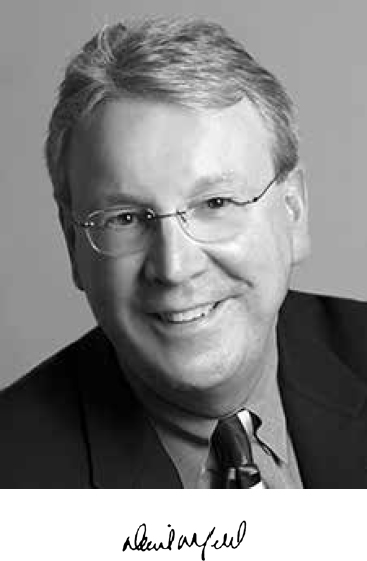the University of Genoa, Italy. He was also a driving force and founding member of ASFE (now the Geoprofessional Business Association).
His Terzaghi Lecture, “Monitored Decisions,” argued for the complete integration of the geotechnical engineer in the design, construction, and monitoring performance during and after construction. He ended his abstract for the lecture paper1 with these words:
A monitored-decision process provides a means to gain knowledge, be innovative, and mitigate adverse relationships between parties involved in the ownership, construction, and operation of a facility.
This thinking, and putting it into practice as illustrated by the case histories in the Terzaghi Lecture, inspired his students, colleagues, and clients. One interesting result of his efforts: In 1974 ASCE changed the name of the “Soil Mechanics and Foundations Division” to the “Geotechnical Engineering Division,” which ultimately led to the present Geo-Institute.
Upon learning of his passing, former ASCE president Bill Marcuson said, “May we all have such a long, significant, and impactful life.”
D’App is survived by Tina; children Kenneth (Kathleen), Michael (Elizabeth), Linda (Timothy Knecht), and Mark (Deborah); daughter-in-law Eileen D’Appolonia; sister Elsie Whetstone; 11 grandchildren; and 27 great-grandchildren. Son David died in 2006.
___________________
1Journal of Geotechnical Engineering 116(1):4–34 (1990).

DAVID A. DORNFELD
1949–2016
Elected in 2013
“For contributions to sustainability in advanced manufacturing, sensors, and precision material processing.”
BY DANIEL MCGLYNN
SUBMITTED BY THE NAE HOME SECRETARY
DAVID ALAN DORNFELD, professor of mechanical engineering at the University of California, Berkeley, and founding faculty director of the Jacobs Institute for Design Innovation, died of a heart attack on March 27, 2016. He was 66.
Professor Dornfeld was a renowned manufacturing expert, widely admired as a teacher, and well regarded as a thoughtful leader. His contributions to the fields of precision and sustainable manufacturing and engineering design education are only part of his legacy. He mentored 55 PhD students, many of whom have gone on to become leaders in academia and industry; consulted and advised countless other graduate students; and became a champion for undergraduate research opportunities through his position at the Jacobs Institute.
David Dornfeld was born August 3, 1949, in Horicon, Wisconsin. Growing up, he and his brother William would accompany their father, who worked at John Deere, to the factory floor. David attended the University of Wisconsin–Madison, where he met his future wife, Barbara Bennett, and earned his BS, MS, and PhD in mechanical engineering. The boy who watched the assembly of tractors with his dad and brother eventually wrote his PhD dissertation on the use of abrasive machining in production engineering.
In 1977 he accepted a position as assistant professor of mechanical engineering at Berkeley, focusing his early research on automated welding. By 1982 he was emerging as a leader both on campus and beyond. In 1986, with fellow ME professor Masayoshi Tomizuka, he organized the Japan-USA Symposium on Flexible Manufacturing, which continues biannually.
In the 1980s he continued to collaborate with his engineering colleagues on automating manufacturing processes, which led to the founding of Berkeley Engineering’s Robotics, Automation, and Manufacturing Program (RAMP).
He was recognized for his teaching with the Pi Tau Sigma Excellence in Teaching Award in 1989. That year he also became a full professor of manufacturing engineering and was appointed director of Berkeley’s Engineering Systems Research Center, a position he held for a decade. During this time he was awarded four patents related to his research on acoustic emissions measurements.
During the 1990s he began researching chemical-mechanical planarization (CMP), a hybrid process of chemical etching and abrasive polishing used in high-precision semiconductor and microelectromechanical systems (MEMS) manufacturing. He obtained three patents relating to CMP.
He was named the Will C. Hall Family Professor of Engineering in 1999, and then associate dean of interdisciplinary studies (2001–08). In 2005 he was appointed the special division deputy for the Engineering Division at the Berkeley Lab.
In the mid-2000s he founded the Laboratory for Manufacturing and Sustainability. It took shape as a hub for innovation in manufacturing research and education and now spans such interests as data analytics for smart manufacturing, manufacturing technologies for emerging economies, and design for sustainability.
From 2010 to 2015 he chaired the Department of Mechanical Engineering. He was instrumental in representing Berkeley as part of the national Advanced Manufacturing Partnership,




